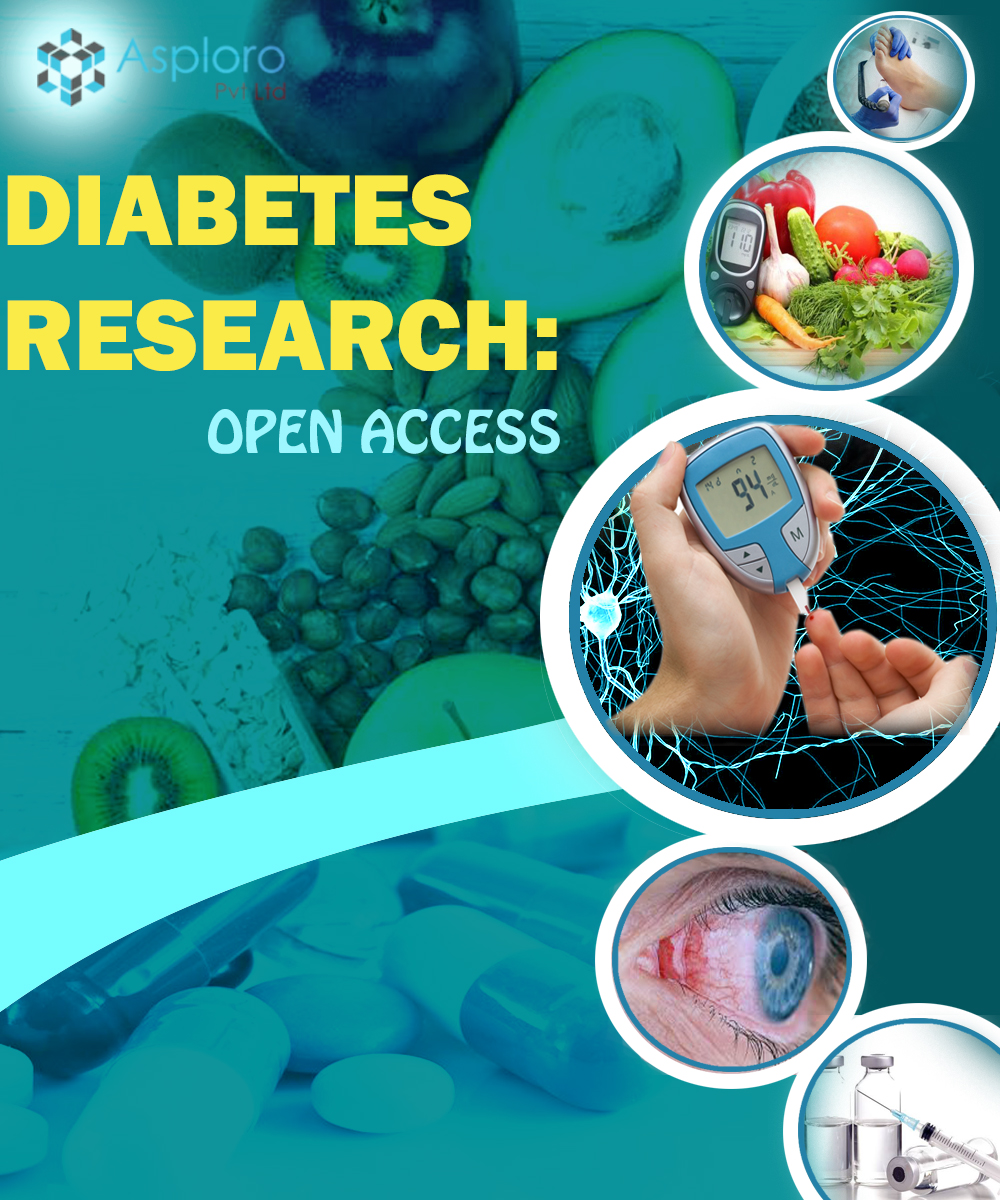From the first moment I discovered I had been diagnosed with DIABETES, I joined a HUGE “club” that has been rapidly expanding since it stopped being a death sentence in the early 20th Century. Currently, there are about HALF A BILLION PEOPLE who have Type 2 Diabetes. For the past 3500 years – dating back to Ancient Egypt – people have suffered from diabetes. Well, I’m one of them now… Not one to shut up for any known reason, I added a section to this blog…
Every month, I’ll be highlighting Diabetes research that is going on RIGHT NOW! Harvested from different websites, journals and podcasts, I’ll translate them into understandable English and share them with you. Today: Repairing the Pancreas!
While the headline is from a report from China published this past May, the DREAM of restarting a pancreas damaged enough to initiate Type 2 diabetes has been around at least since 2011.
Today, there is not only hope that this might happen, but AT LEAST ONE person whose Type 2 diabetes was reversed using his own treated stem cells to regrow pancreas cells in large enough numbers to reinitiate his body’s production of the correct amount of insulin.
In the September 2011 issue of Genome Medicine, the author wrote: “Stem cells hold great promise for pancreatic beta cell replacement therapy for diabetes. In type 1 diabetes, beta cells are mostly destroyed, and in type 2 diabetes beta cell numbers are reduced by 40% to 60%. The proof-of-principle that cellular transplants of pancreatic islets, which contain insulin-secreting beta cells, can reverse the hyperglycemia of type 1 diabetes has been established, and there is now a need to find an adequate source of islet cells.” At this time, the only real hope was using human embryonic stem cells.
Ten years later, in Amsterdam, the research team discovered that, “all acinar and ductal cells – cells that produce digestive enzymes and transport them to the gut – actually contribute to [the] process [of repairing pancreatic cells]. All cells in the pancreas that produce digestive enzymes and transport them to the gut can contribute to its regenerative capacity.”
The initial study was fifteen YEARS ago, and in genetic research, that’s like decades. The work in Amsterdam took place in 2021. Today, researchers in Shanghai, China, “Utilizing the patient’s own endoderm stem cells (EnSCs), they were able to differentiate these stem cells into functional pancreatic islet cells – cells in the pancreas that secrete hormones, including insulin and glucagon, that help regulate blood sugar levels.”
What does this mean? It means the team in China found that they could use…the patient’s own “undifferentiated cells, found throughout the body after development, that multiply by cell division to normally replenish dying cells and regenerate damaged tissues...” All of us have them, they’re what heals the skin or any kind of internal damage we suffer during routine surgery. These stem cells do not depend on the use of fetal tissue. “[researchers] were able to differentiate [the patient’s own] stem cells into functional pancreatic islet cells – cells in the pancreas that secrete hormones, including insulin and glucagon, that help regulate blood sugar levels then transplant them into the patient’s pancreas.”
What happened? “Following a kidney transplant in 2017, the patient experienced a decline in pancreatic islet function, necessitating daily multi-dose insulin injection.” His stem cells were removed and grown, and after they injected them in the pancreas…”the patient achieved insulin independence within a mere 11 weeks post-transplantation. Oral medication for diabetes management was gradually reduced and ultimately discontinued a year later. Follow-up examinations conducted over a prolonged period revealed restored pancreatic function, with the patient no longer requiring insulin or oral or injectable medications that had become in short supply due to their use as weight-reduction drugs. Additionally, normal kidney function was maintained, suggesting a potential long-term cure for both type 2 diabetes and the underlying complications associated with the initial kidney transplant.”
NOTE! The procedure had been successfully attempted on this single patient at the time of the publication of the article in May of 2024. There may be others in the pipeline; but there’s no further evidence of any wide-spread study or a call for volunteers.
What it SHOULD inspire is HOPE. If not for me, then for anyone else in the future who finds themselves facing Type 2 diabetes for a real cure in our lifetime!
Links: https://cells4life.com/2024/05/stem-cell-therapy-achieves-cure-for-type-2-diabetes/, https://nyscf.org/resources/uncovering-the-unique-way-the-pancreas-regenerates/, https://genomemedicine.biomedcentral.com/articles/10.1186/gm277; https://nyscf.org/resources/uncovering-the-unique-way-the-pancreas-regenerates/ Image: https://asploro.com/wp-content/uploads/2019/12/Diabetes-Research_Open-Access.jpg

No comments:
Post a Comment